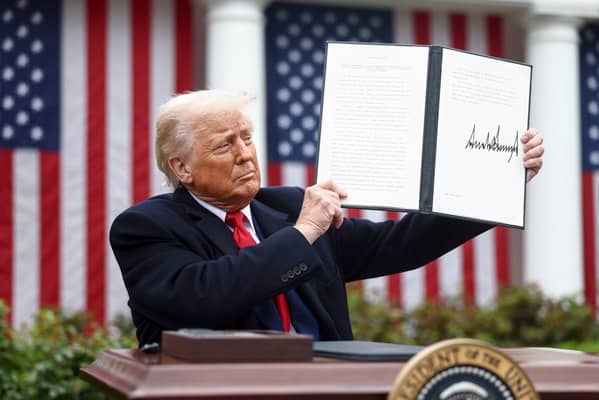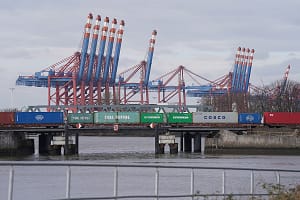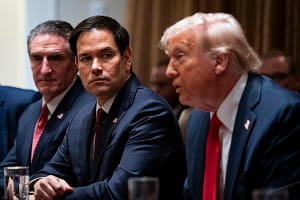President Donald Trump’s threat to slap a 30% tariff on EU imports by August 1 might have EU firms frantically reassessing their manufacturing strategies—but the UK now finds itself in a rare commercial sweet spot.
Emerging from the post‑2016 Brexit dread where companies haemorrhaged across the Channel and exports dipped, Britain is now flexing newfound clout.
First, it struck a separate trade framework with Washington—locking in reciprocal tariffs capped at 10%, with zero‑tariff access on steel, aluminium, cars, and pharmaceuticals—terms the EU couldn’t match.
This puts British exporters in the eye of a shifting storm. As US–EU uncertainty intensifies, with Brussels teetering on the precipice of punitive US levies—UK incumbents gain a competitive edge. Imagine European manufacturers re-routing investment to Midlands plants, or carmakers relocating supply chains to Britain, not far-fetched given the chaos looming across the Channel.
EU exporters face escalating peril. Brussels had been targeting an orderly 10% tariff with Washington. But Trump’s hardline hand—threats of 15–20%, rising to 30%—tipped the scales.
Europe’s negotiators were caught flat-footed, juggling internal divisions and faltering unity. The fallout: export-dependent nations like Germany could lose €200bn by 2028.
EU trade commissioner Maroš Šefčovič warned that a 30% imposition would “effectively eliminate EU‑US trade” valued at €4.4 bn per day. Yet that UK-US framework holds, offering real certainty, not just quid‑pro‑quo negotiation.
Uncertainty kills investment. Faced with fluctuating tariffs, export-led firms plan calamities, not expansion. Britain’s stable deal doesn’t just look safer, it is safer. Already, the Bank of England is tracking manufacturing confidence and reopening the door to rate cuts, and investors are paying attention.
The ripple effects span sectors. Auto firms from Germany might pivot engine production to Sunderland rather than Stuttgart, pharmaceuticals could boost UK bases over EU ones, and tech firms may re‑route supply chains to avoid crossover tariffs. These aren’t hypotheticals; they’re decisions made today in board rooms battling today’s headlines.
With its internal wrangling, Brussels waffling between retaliation and caution, and May–July deadlines looming, EU firms are at risk. Trump’s August 1 deadline is real, Commerce Secretary Lutnick has confirmed: no deal, no mercy after then.
European equity markets are jittery; the euro strengthened while inflation risks loom. German Chancellor Merz has warned of crippling losses; the EU is scrambling counter‑tariffs worth €21 bn to €72 bn.
For UK businesses, it’s a moment to seize, an invitation to reimagine strategy, deepen investment, and signal resilience to global buyers.
This sweet spot isn’t a shield, just an advantage. Britain must remain vigilant to avoid complacency.
The US–UK deal still carries risk of future renegotiation or unexpected US policy swings. London needs to double down on diversification, maintain close regulatory cooperation with both Washington and Brussels, and avoid backsliding into trade limbo.
At the same time, EU firms may respond with ingenuity or urgency. Supply‑chain reshuffles, re‑exports through Britain, or stealth alliances could blur the divide. The UK should not assume control. It must out-innovate.





Leave a Comment